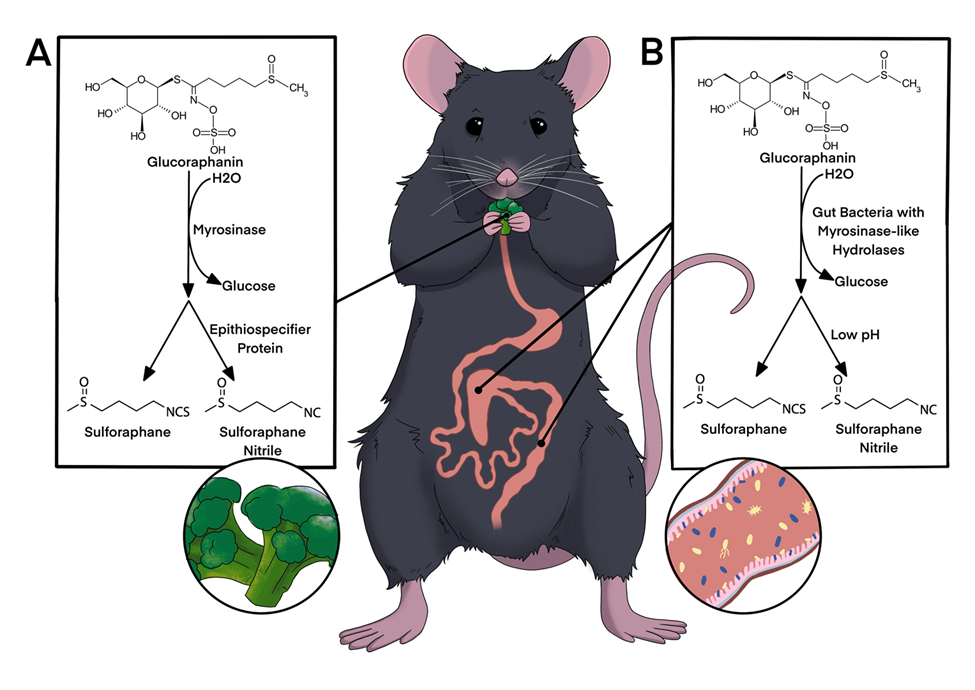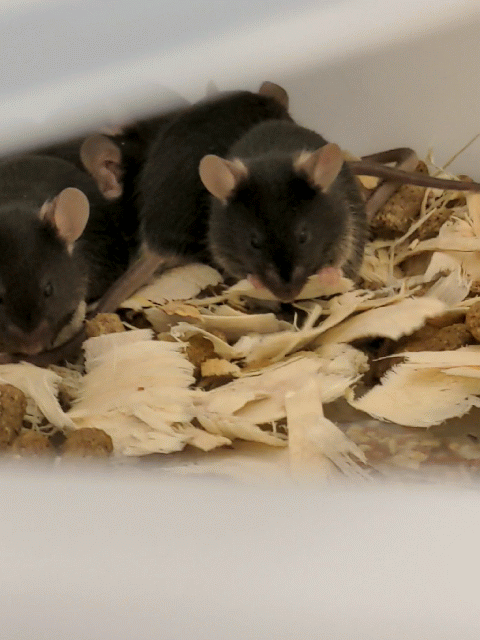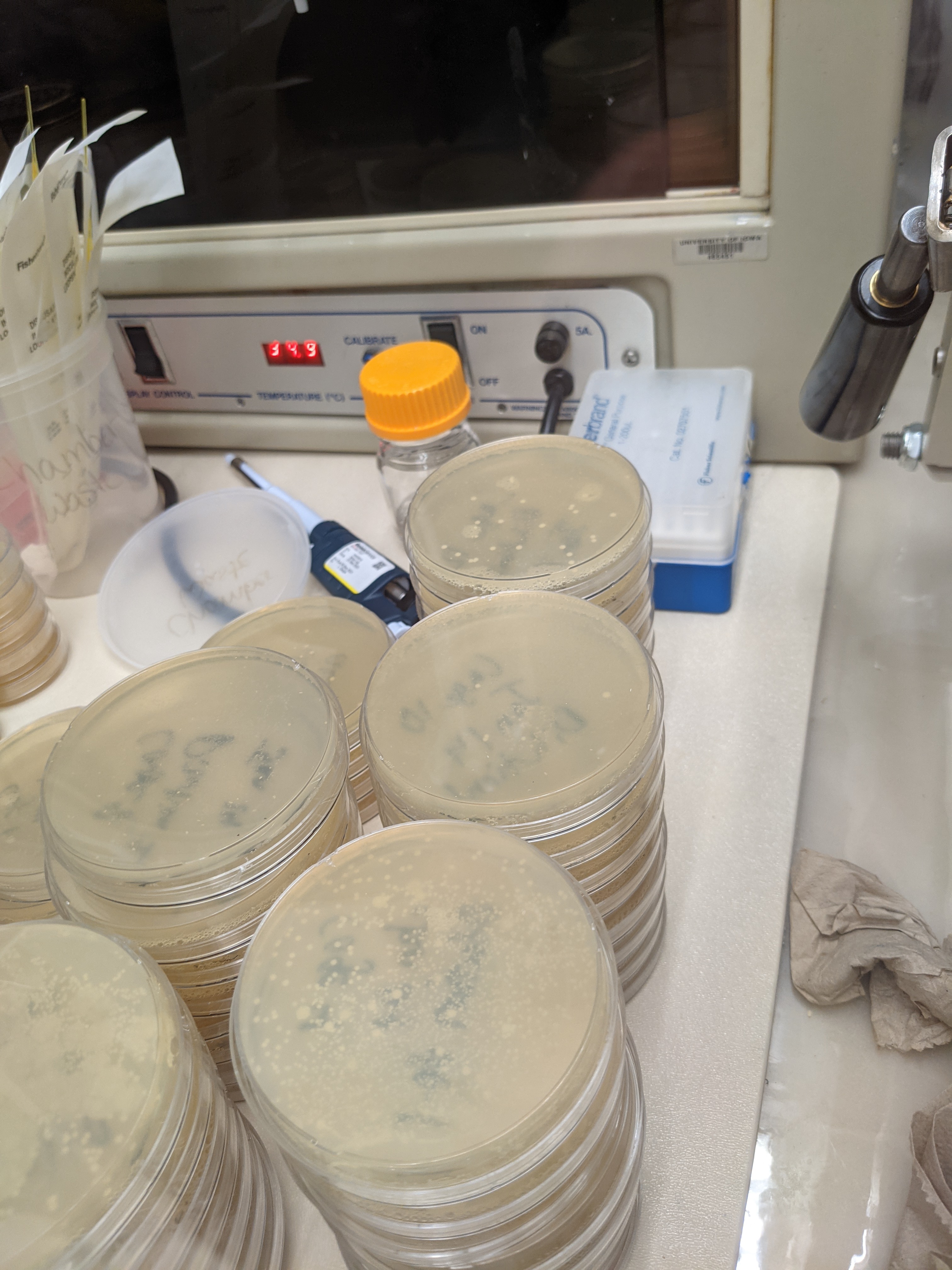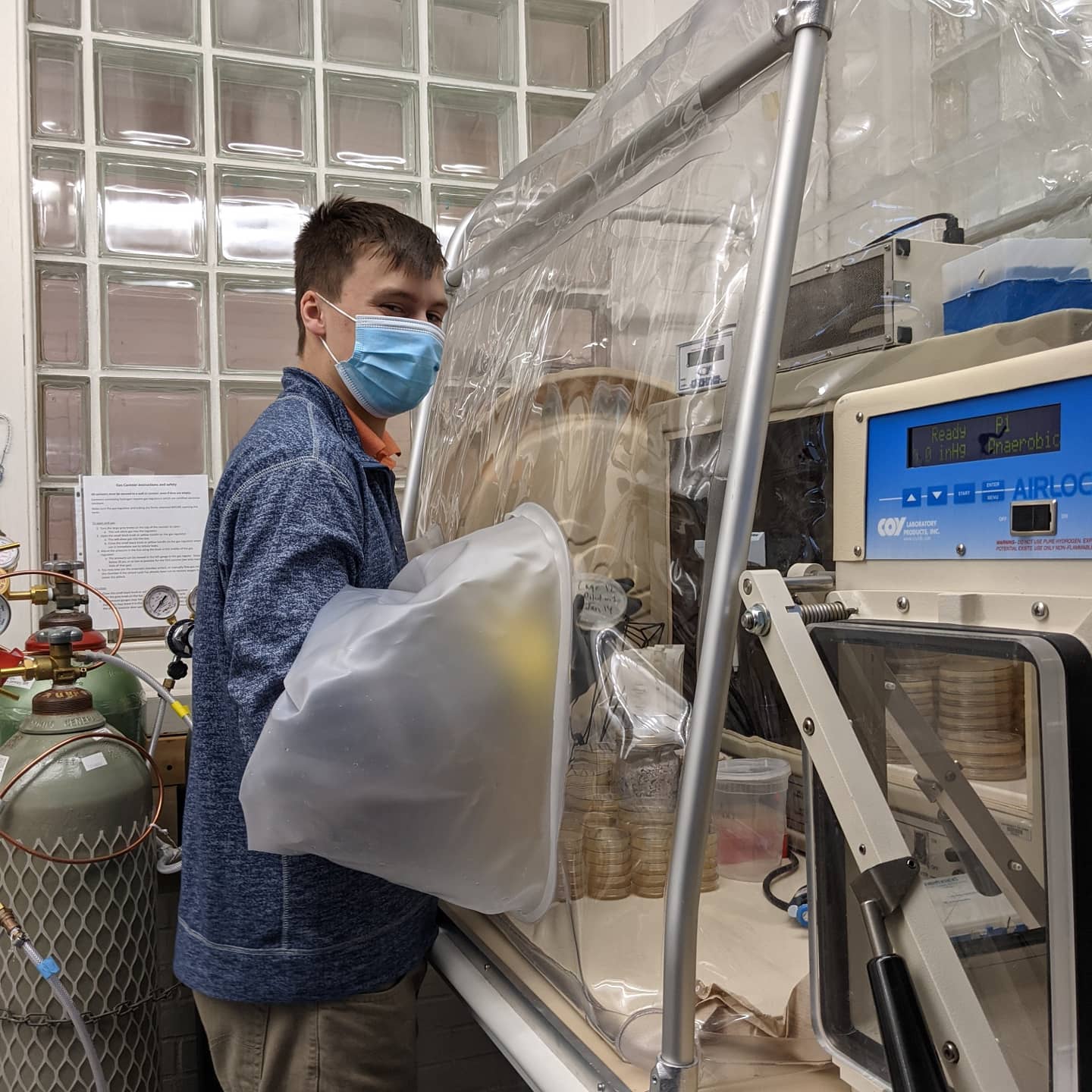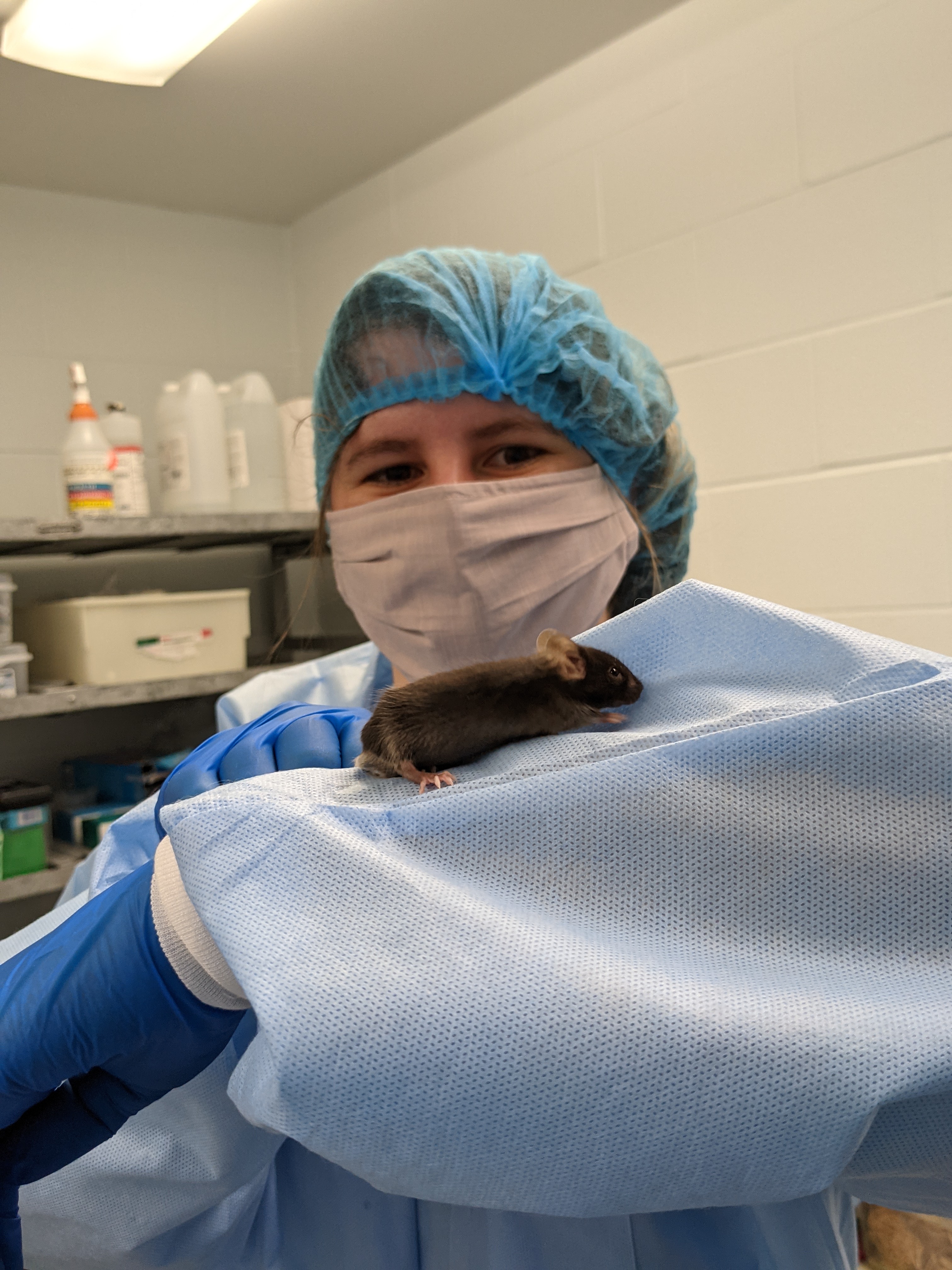Beginning in early 2019, I participated as one of the guest editors for the Microbiomes Across Biological Systems special call hosted by three PLoS Journals. The journal collection was officially released in early 2020, but due to the global upheaval this year, the overview piece planned by the guest editors was not able to be completed. Here is a partial overview, written by myself and written by Dr. Noelle Noyes, Assistant Professor at the University of Minnesota.
Diet and gut systems
Ecosystem dynamics are important at any scale
As humans, animals, and plants are key members of their environmental ecosystems, so too are microorganisms key members of the host-associated ecosystems in which they reside. Throughout eons of interactions between microorganisms and macroorganism hosts, specialized and reproducible host-microbial interactions developed, leading to inherent differences in the microbial communities residing within even closely-related microorganism hosts (Bennett et al. 2020; Loo et al. 2020; Sun et al. 2020). The strength and outcome of each of these host-microbial interactions can sway the trajectory of that host’s life, and decades of research has only barely uncovered the mechanisms behind the exorbitantly complicated relationships between host and microbial community. In part, this is because the host microbiome does not develop in isolation; it is dependent on the environment (e.g. Bennett et al. 2020), on diet (e.g. Taylor et al. 2020), on the host signalment (e.g. Jacobs et al. 2020), and upon all the minute details of that hosts’s life which informs the “who”, when, why, and how of host-microbial interactions. To better understand biological systems, we must evaluate them at different scales, from the microbial ecosystems to the environmental ones, and how microbial selection and transfer are the mechanisms by which these scalable ecosystems are connected.
Your gut microbiota are what you eat
Diet is the most consistent and striking aspect of a host’s lifestyle which can select for different microbial communities in the gastrointestinal tract (Bloodgood et al. 2020; Loo et al. 2020; Lü et al. 2020; Ogato et al. 2020; Sun et al. 2020; Taylor et al. 2020), and especially at different locations along the GI tract depending on localized anatomy and organ-specific environmental conditions (Subotic et al. 2020; Lourenco et al. 2020). The amount of different macronutrients, such as proteins, fats, or carbohydrates, in a diet selectively encourage different biochemical capabilities in the gut microbiome and the microbial members which can thrive under those conditions (Lourenco et al. 2020). At a finer resolution, the specific types of each nutrient, and their availability for catabolism will also affect the gut microbiome (Taylor et al. 2020).
Yet, diet may affect the microbiome of different host species in nuanced ways, based on dissimilar anatomy of the gastrointestinal tract, the relative stability of host-microbial interactions and host reliance on their gut microbiota, and the relative stability of the diet of the host. For example, specialized herbivores which possess a four-chambered stomach, known as ruminants, are dependent on the presence of fibrolytic microbiota, yet due to the overwhelming microbial diversity present in their GI tract they have functional redundancy which allows for a great deal of latitude in the specific microbial species present in their communities. Microbiota in the rumen of cattle are easily swayed by changes in diet composition (Lourenco et al. 2020; Ogato et al. 2020), as were microbiota in sea turtles (Bloodgood et al. 2020) and potato ladybird beetles (Lü et al. 2020), whereas diet composition seems to affect only the less abundant community members in the honeybee gut (Taylor et al. 2020).
The impact of diet on the gut microbiome and host health is an active and long-standing research field, yet the depth and breadth of dietary effects leaves many questions yet unanswered, particularly in cases where feeding the animal host is prioritized over feeding the gut microbiota specifically. Animal production and weight gain is a primary goal of feeding strategies in agriculture, often with detrimental effects to the functionality of gut microbiome which can lead to systemic health problems in the animal if the perturbation to the microbiome is extensive or protracted. An understanding of how host-microbial ecosystems can be altered over time to prevent such health problems is important (Ogato et al. 2020). Similarly, wild animal recovery programs opt for diets to support weight gain in malnourished animals, even when the diet composition is contrary to their natural diet. In recovering juvenile sea turtles, feeding an omnivorous diet to promote weight gain over the herbivorous diet these turtles consume at this stage of life causes changes in gut microbiota profiles and it is unknown how this may affect long-term digestive function and health (Bloodgood et al. 2020).
An interesting and understudied aspect of the effects of diet on the gut microbiome is the potential for knock-on effects across microbial ecosystems. For example, changing the diet may impact the gut bacterial profiles based on “who” is directly catabolizing those nutrients, but may also impact other microorganisms which are supported by the byproducts of that microbial digestion. Similarly, therapeutics targeting some microbial community members may inadvertently alter other community members. A deeper understanding of how diet and medication affects the entire microbial community and not just selected members can reveal insight into community dynamics and the relative risk of medications to cause disruptions. For example, anthelmintic in beagles were shown to not alter fecal microbial communities (Fujishiro et al. 2020).
Environment to host to host: microbial transfer highlights connections between systems
Yet, what constitutes a beneficial microbiome for one animal species may be detrimental to another animal species. A dramatic example of this is vector-borne infectious disease, in which symbiotic or neutral members of an insect microbiome are highly pathogenic in other animals which have not learned to tolerate or control those particular microorganisms. Bacteria carried by arthropods, such as mosquitos, flies, or ticks, may provide nutrition or disease-mitigation benefits to its arthropod host yet cause widespread disease and mortality in humans and animals (Bennett et al. 2020). Interaction with the ecosystem can recruit microbial members to a host-associated microbial community. Habitat destruction alters the quality of the environment and thus microbial transfer from environment to insect, and this can make arthropod microbial communities more variable (Bennett et al. 2020). It is yet unknown if these knock-on changes to the arthropod microbiota will have positive or negative impacts for vector-borne diseases.
Studies such as Bennet et al. (2020), which put host-associated gut microbial community assessment into the context of habitat quality and environmental microbial transfer, remind us that microbial communities do not exist in isolation. Understanding how the environment shapes the microbial communities which shape the host is a critical aspect to understanding the connectedness between biological systems. Further, it better illuminates the dynamics of microbial transmission and when they are and are not transferred. Maternal transfer is a well-demonstrated mechanism of vertical transmission of microorganisms, and transfer between social pairs is a method of horizontal transmission of microorganisms, both often demonstrated via microbial community similarity analysis. However, when pair-bonded tree swallows are sampled asynchronously, there is no significant level of similarity in their gut microbiota (Hernandez et al. 2020).
The need to put host-associated gut microbial community assessment into the context of environment is also highlighted in Loo et al. (2020), in which habitat and geographic location impacted the gut microbiome of island finches independently of foraging diet data. Environmental conditions, localized plant diversity, and localized niche competition can also impact the type, nutritional content, and life stage of plant life, which can in turn impact the gut microbiota recruited in those host animals consuming plants. As discussed in Jacobs et al. (2020), when animals are removed from their natural environments and held in captivity, where local macro-biodiversity is dramatically reduced, there is often a corresponding decline in host gut microbial diversity which can impact animal health. In semi-captive situations, such as beehives, animals may still freely encounter diverse environmental microorganisms, but the habitat or housing design may impact host behavior and/or stress response due to interactions with humans. Chronic stress has been demonstrated to negatively impact the diversity and functionality of host-associated microbial communities in the gut by altering the host immune system and its latitude for microbial tolerance. Thus, even at the very localized scale, environmental conditions and habitat play a role in host-microbial interactions (Subotic et al. 2020).
- Bennett et al. Habitat disturbance and the organization of bacterial communities in Neotropical hematophagous arthropods
- Bloodgood et al. The effect of diet on the gastrointestinal microbiome of juvenile rehabilitating green turtles (Chelonia mydas)
- Fujishiro et al. Evaluation of the effects of anthelmintic administration on the fecal microbiome of healthy dogs with and without subclinical Giardia spp. and Cryptosporidium canis infections
- Hernandez et al. Cloacal bacterial communities of tree swallows (Tachycineta bicolor): Similarity within a population, but not between pair-bonded social partners
- Jacobs et al. California condor microbiomes: Bacterial variety and functional properties in captive-bred individuals
- Loo et al. An inter-island comparison of Darwin’s finches reveals the impact of habitat, host phylogeny, and island on the gut microbiome
- Lourenco et al. Comparison of the ruminal and fecal microbiotas in beef calves supplemented or not with concentrate
- Lü et al. Host plants influence the composition of the gut bacteria in Henosepilachna vigintioctopunctata.
- Ogato et al. Long-term high-grain diet altered the ruminal pH, fermentation, and composition and functions of the rumen bacterial community, leading to enhanced lactic acid production in Japanese Black beef cattle during fattening
- Subotic et al. Honey bee microbiome associated with different hive and sample types over a honey production season
- Taylor et al. The effect of carbohydrate sources: Sucrose, invert sugar and components of mānuka honey, on core bacteria in the digestive tract of adult honey bees (Apis mellifera)
Water systems
written by Dr. Noelle Noyes, University of Minnesota
Environmental and physiochemical factors structure water-associated microbiomes
Water bodies are highly diverse ecosystems, and this is reflected in the articles of this Special Edition, which investigate the microbiomes of Indian mangroves, Icelandic cold springs, Antarctic lakes, urban lakes in Beijing, and Pacific seawater. A common theme emerging from this diverse collection is that water-associated microbiomes are highly influenced by the nutrient and physiochemical properties of the water body itself; and that these properties, in turn, are influenced by the surrounding atmospheric and environmental inputs. For example, nitrogen levels were correlated with microbial composition in Mangrove-associated and Beijing urban lake water samples (Dhal et al 2020, Wang et al 2020), and nitrogen fixation capacity of the microbiome was found to vary significantly by water depth within Antarctic benthic mats (Dillon et al 2020). pH levels were found to influence the microbiomes of Icelandic cold springs (Guðmundsdóttir et al 2019) and Mangrove-associated waters (Dhal et al 2020); and the archaeal composition of Beijing urban lake sediment (Wang et al 2020).
Water-associated microbiomes are dynamic across gradients, geography and time
While water bodies exhibit heterogeneous physiochemical and nutrient properties depending on their environmental and geographical circumstances, the articles in this collection demonstrate that many water-associated microbiomes fluctuate predictably and periodically. For example, the diversity of seawater microbiomes exhibited diel fluctuation, which itself was characterized by rhythmic changes in temperature and concentrations of nitrate, ammonium, phosphate and silicate (Weber et al 2020). Microbiome structure and composition also correlated with gradients established by water depth (Dillon et al 2020, Weber et al 2020), eutrophication (Dhal et al 2020), and distance from coral reefs (Weber et al 2020). These findings emphasize the importance of the physical environment from which water samples are collected, and the fact that water and water-associated samples are inherently connected to — and impacted by — features that may be located far away from the actual sampling site. This highlights the importance of contextualizing sampling sites both temporally and spatially.
- Paltu Kumar Dhal et al, Insights on aquatic microbiome of the Indian Sundarbans mangrove areas
- Megan L. Dillon et al, Environmental control on the distribution of metabolic strategies of benthic microbial mats in Lake Fryxell, Antarctica
- Ragnhildur Guðmundsdóttir et al, Bacterial diversity in Icelandic cold spring sources and in relation to the groundwater amphipod Crangonyx islandicus
- Yuxin Wang et al, Comparative Study on Archaeal Diversity in the Sediments of Two Urban Landscape Water Bodies
- Amy Apprill et al, Diel, daily, and spatial variation of coral reef seawater microbial communities
- Robert Hilderbrand et al, Using the microbiome to assess the ecological condition of headwater streams


